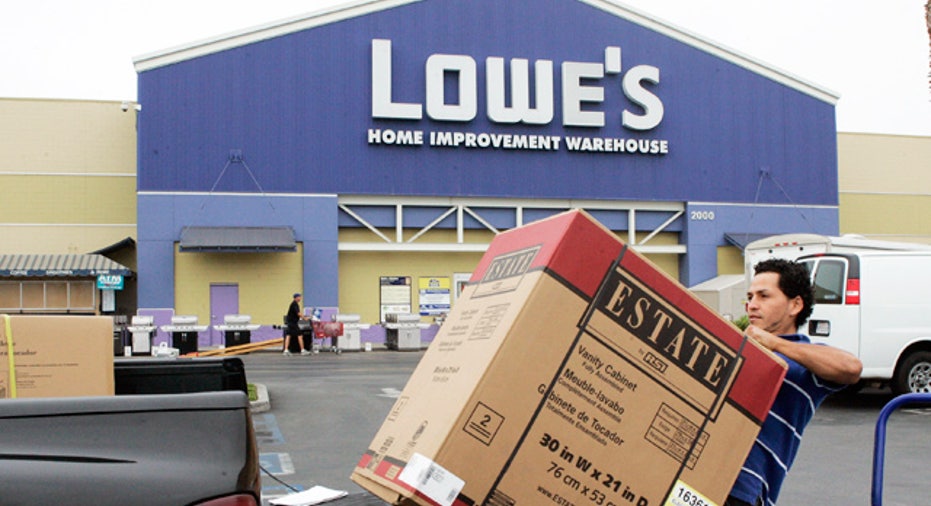Five Unique Ways to Finance Your Home Improvement Project

I will never forget the summer when my wife and I decided to redo the kitchen: Between the dust, the delays and the dirty dishes in the bathroom sink (not to mention she was pregnant) there was plenty of stress.
When undertaking a major home renovation, your first priority should be creating and adhering to a budget that is honest and realistic. If you want a stainless steel, humidity-controlled fridge with panorama French style doors, plan for it. You can find average project costs online to give you some sense of what to expect. For example, Remodeling Magazine estimates the average cost of remodeling a mid-range kitchen to be more than $58,000.
No matter your budget size, give some thought to what would happen if you went 20% over. A 2009 Consumer Reports survey found that 56% of kitchen remodels went over budget. In our household we really bent the curve-- spending about 30% more than we originally planned due to our preferences in higher-quality finishes and materials. Be prepared to make the tough choices or dig a little deeper into your pockets.
Having a plan in place early and identifying exactly how much you can spend will put you in a much better position to come through your home-improvement project unscathed. If you don’t have the cash on hand, here are a few alternatives for financing your renovation project:
1. Home equity line of credit (HELOC): A low-interest, variable rate HELOC is likely the best financing choice if you have equity in your home. A HELOC uses your home as collateral for the loan and allows you to borrow a certain percentage of your home equity. You will be able to borrow up to your credit limit for the full term period and interest rates, which are tied to prime rate, are generally much lower than alternatives. Unfortunately, plummeting home values means only those who put in significant down payments or have lived in their homes for a long time are likely able to qualify. It’s also important to note that obtaining a HELOC can take one to two months and may require you to pay for a home inspection.
2. Contractor loans: Large contracting services often offer their own financing options. This may be a good route to take, but do some research to make sure the contractor’s rates are competitive and that he or she is not getting kickbacks from the lending agency.
3. Government solar energy incentive programs: If you are looking to make your home more eco-friendly, the government may be willing to give you a tax credit to lighten the financial burden. Uncle Sam offers $1,500 in tax credits for upgrading to Energy Star appliances, and additional credits for solar-energy systems like solar panels or solar water heaters. State or local programs may offer additional rebates: In Minnesota for example, homeowners who make qualifying energy-efficient home improvements can save an additional 35% on costs in addition to federal tax credits.
4. Personal loans: If you were considering financing your project with a credit card, consider a personal loan instead. Compared to credit cards, personal loans often have lower, fixed (not variable) interest rates that enable you to properly budget your repayment and still leave available credit on your cards for day-to-day conveniences. Not all banks offer personal loans, but there are options online that provide credit-worthy borrowers a fast, easy and automated way to borrow money at rates that can be 20-30% below traditional banks.
5. Title 1 home improvement loans: The government provides private lenders with insurance to provide loans for up to $25,000 for home improvements for terms as long as 20 years. Borrowers do not need to have equity in their homes to be eligible for these loans, and they can use the funds for any home improvements except for luxury items like hot tubs. Interest rates are generally between 10 and 14%—often half of what private lenders charge. A property owner can apply at any lender (bank, mortgage company, savings and loan association, credit union) that is approved to make Title I loan.
My wife, son and I thoroughly enjoy our new kitchen, good luck on your project and on sticking to that budget!
Renaud Laplanche is the CEO of Lending Club. Renaud has appeared in many leading publications including The Wall Street Journal, The New York Times, The Washington Post, USA Today, BusinessWeek and Barrons'. Renaud has been featured on CNBC, ABC News and Fox Business Network. Before Lending Club, Renaud was the Founder & CEO of TripleHop Technologies, an enterprise software company acquired by OracleCorporation in June 2005.



















